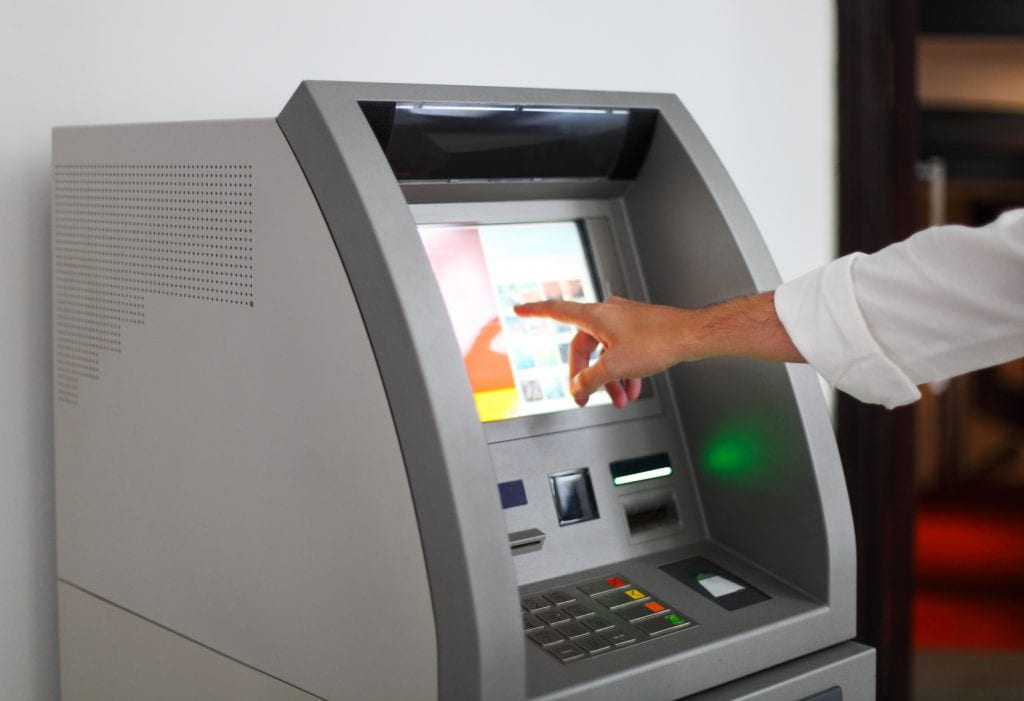In uncertain times it makes sense that folks will seek certainty, and what is surer that CASH.
For here is the paradox of the coming “cashless economy”: it uses and stores, mostly in the form of hundred-dollar bills, ever more cash. In the last two decades, the total amount of U.S. currency in circulation has more than tripled, to about $1.4 trillion. About seventy billion dollars, or five per cent, of that cash sits in bank vaults, neatly accounted for. The rest is not so easy to track, despite the data revolution in economics. We do know that the typical American carries about thirty dollars in her wallet, with a few more bucks scattered in the couch cushions. One in twenty Americans has a stash at home of more than twelve hundred dollars, and everyone else averages a hundred and seventy-four dollars.
Cash appears to becoming scarcer at lower transaction levels, with many of us using cards (prepaid, debit and credit) for day-to-day transactions. At the levels reported in circulation, it certainly begs the question of how best to “follow the money”. Until there is appreciable inflation, where keeping funds in interest bearing accounts is required by prudence, cash will hold its strong position in our developed economies.
Overview by Joseph Walent, Senior Analyst, Emerging Technologies at Advisory Service at Mercator Advisory Group
Read the full story here
